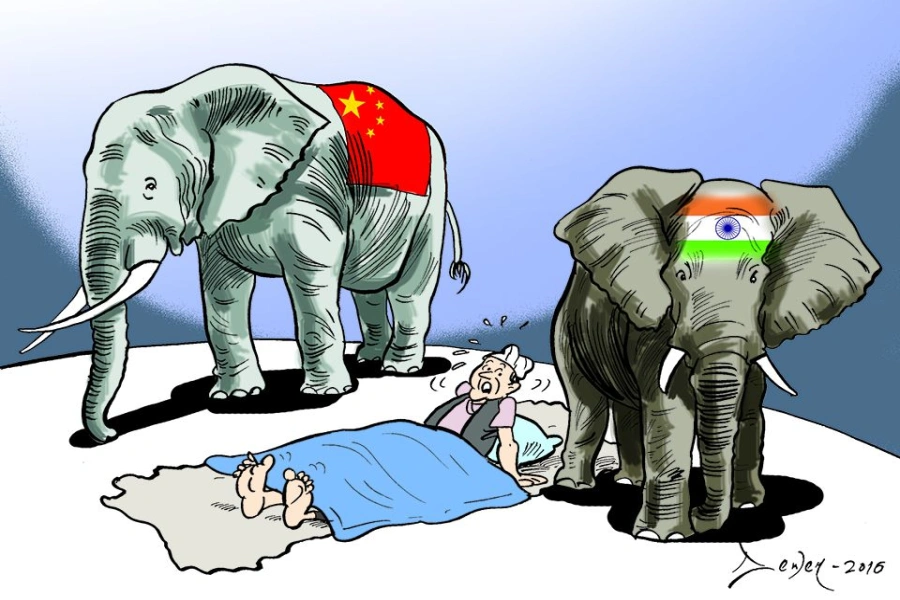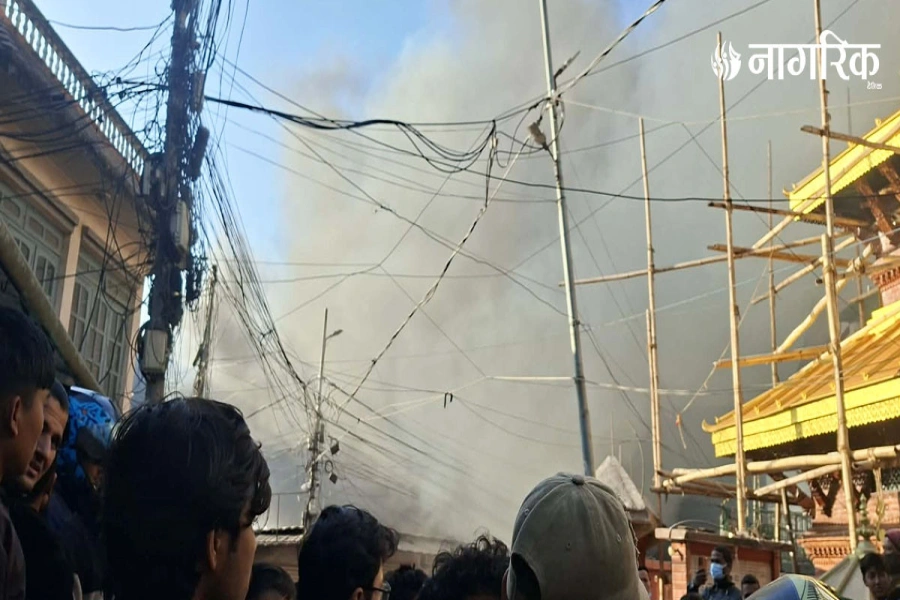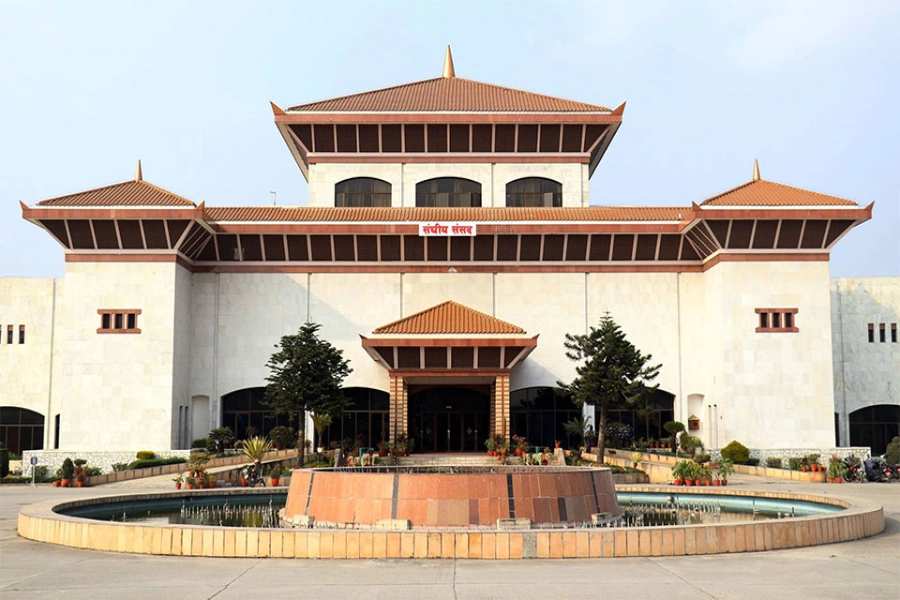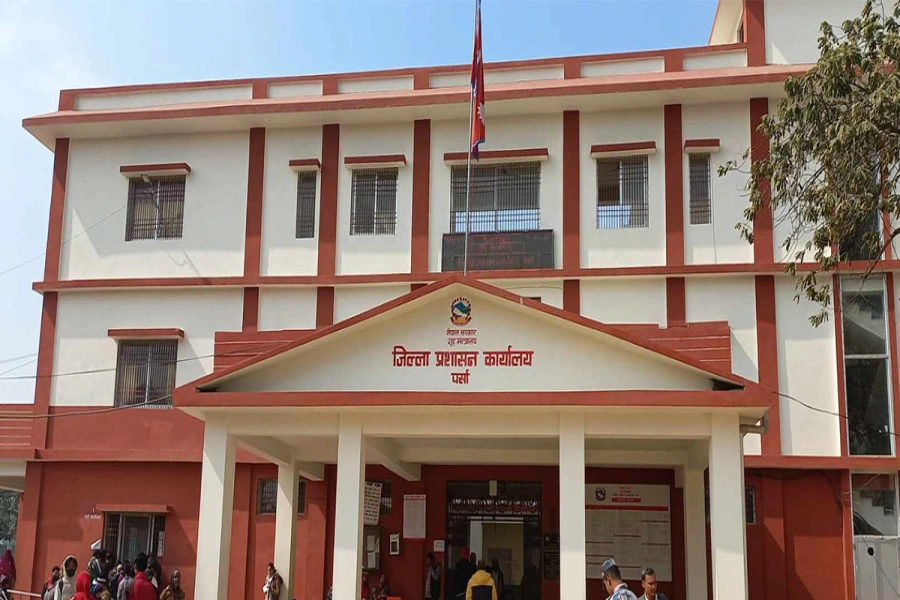A decision in this regard was taken by a meeting of high-level financial coordination committee held on Thursday, a press statement issued by press secretary of Finance Minister Barshaman Pun said.[break]
The meeting, held under the chair of Minister Pun, has recommended immediate formation of a merger committee in coordination with Nepal Rastra Bank, the banking sector regulator, to start of the merger process. The Ministry of Finance has already informed the central bank about this decision.
The meeting also called on the management of both the banks to immediately call their special general meetings to get the merger proposal formally approved.
“The entire process should be wrapped up within next six months,” the meeting said, expressing hope, that it would “set an example for the banking sector and encourage others banks and financial institutions to go for consolidation.”
Lately, many domestic banks and financial institutions have been going for merger to replenish their capital and strengthen their position in the market.
Recently, Rastriya Banijya Bank had also identified merger with NIDC as one of the measures to boost its capital.
RBB, the largest commercial bank in terms of assets, had recently received a capital injection of Rs 4.32 billion from the government, boosting its paid-up capital to Rs 5.49 billion. With the upcoming merger with NIDC, which has a paid-up capital of Rs 415.82 million, RBB will have a capital base of Rs 5.91 billion.
In addition to this, RBB is also raising Rs 3.36 billion by liquidating special drawing rights (SDR) provided by the World Bank and irredeemable preference shares to further replenish its capital.
These measures are expected to inject new lease of life into the banking institution with a negative net worth of over Rs 2.5 billion.
The bank, which once used to be one of the profitable financial institutions of the country, had started generating losses after various sector started exerting pressure on it to give away loans without adequate guarantee. And by early 2002 it had accumulated non-performing loans of over 60 percent.
The financial condition of the bank has been improving since 2003 when a professional management team started overseeing it, under the financial sector reform program. The bank´s non-performing loan has fallen down to 7.27 percent by the end of last fiscal year ended July 15.
Cabinet okays RBB, NIDC merger proposal


































